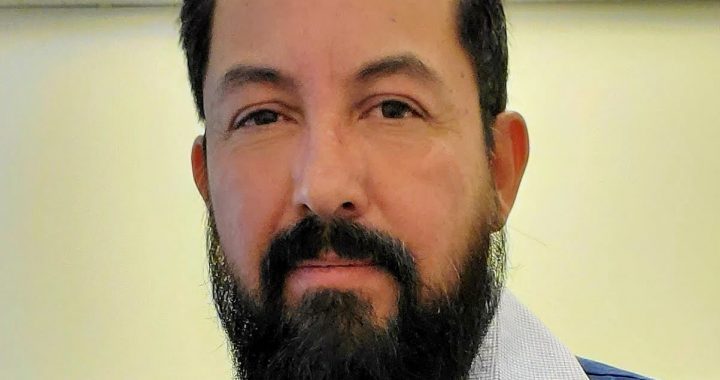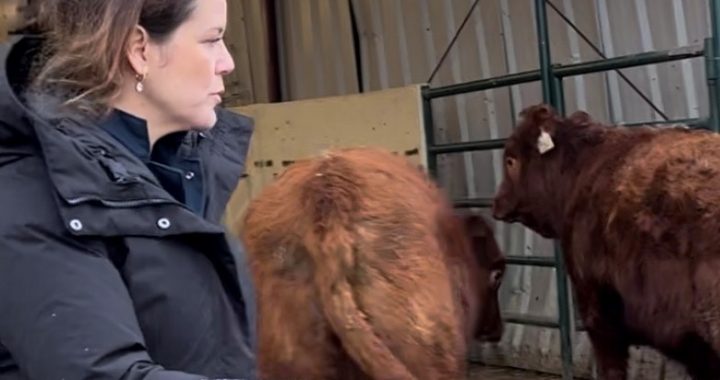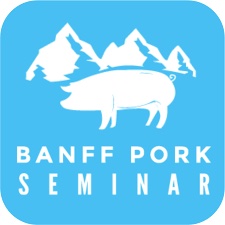This month’s At The Grill feature by William Torres (storyteller, empathetic connector and resonate catalyst) develops the case for trusting that producers know what they’re doing to raise the best beef for the price and for sustainability.
Did you know that cowboys (and cowgirls) are some of the most trustworthy people? So why do consumers want to know how their food is produced?
Advertising products as “natural” has impacted how people choose what they buy. Our (the industry) problem is that we don’t speak out about the benefits of some of the technology we use, like hormone implants, for example.
Using an implant reduces the carbon footprint, reduces water intake, and manure output because we reduce the time an animal requires to grow to maturity. If we removed such advantage, we would extend greatly the amount of time an animal requires to reach slaughter weight—and those benefits are gone.
Imagine you run a business and you hire an accountant, but you tell the accountant that you don’t like electronic files, and you rather have an old-school ledger. Oh, AND you want to reduce carbon emissions, so you want them to deliver this ledger on a bicycle every month. Well, they would probably charge more for this service, right? It doesn’t mean that this way of doing things is better, it’s just more labour-intensive and they must recover those costs. The same goes for cattle raised without hormones and/or antibiotics. Feeding these animals is now longer and more costly, and this cost will be passed on to the consumer.
Unfortunately, sometimes, when we see a higher price, we assume there’s an environmental reason or added benefit. But the reality is the opposite. When we (the industry) don’t speak out and let people know that food is safe, consumers at the grocery store make their own assumptions as to why some meats cost more than others.
Whether you choose to raise your cattle with added benefits of technology or decide to reduce these benefits, the care and pride you take with your cattle doesn’t change. It is your right to run your ranch as you see fit. If you decide to hug your cattle at birth , take a selfie for evidence, and provide them only with bottled water… and you believe that you can capitalize on this practice and sell your cattle for more money, then go ahead. But it doesn’t make that beef taste any better than the rest.
Genetically speaking, the breed of the cattle, the crossbreeding (if any), and their diet are the benefits you provide to the consumer to make their experience a delicious one. Take 100% grass-fed cattle vs. those that are grain-fed; grass-fed cattle can still finish with a desirable amount of marbling if the genetics are in place, and the dining experience will still be a favourable one. For those of us on the inside, we know that you can’t take an animal from Ethiopia, like a Zenga, and expect it to taste like Angus beef.
A 2022 public trust survey by the ministry of agriculture in Saskatchewan revealed that “87% of Saskatchewan residents have a positive perception of (Saskatchewan) agriculture. In fact, overall public perception of agriculture has continued to remain strong over the last 10 years, with an average of 88.2 per cent.”
People trust us—and they should—because we do what we do for the love of it.
So, tell your story, explain why your choice in genetics is what makes your cattle different and taste better. Don’t sit there and expect some scientist to provide a 30-page paper with every roast purchase and for the consumer to make sense of it and understand why you care so much for your cattle, their well-being, and how your family has been doing this for generations with the same level of commitment.



